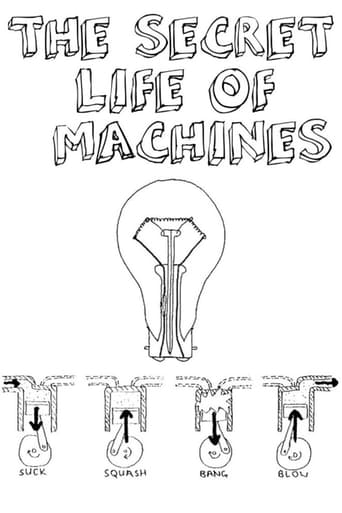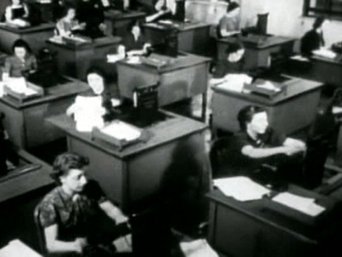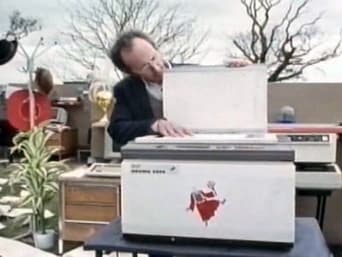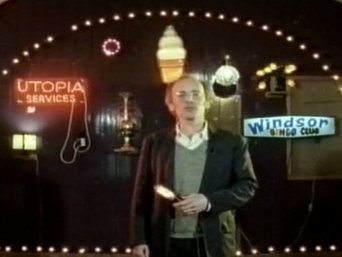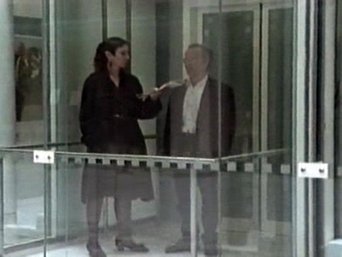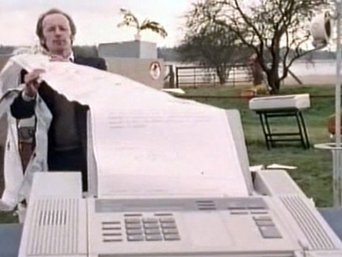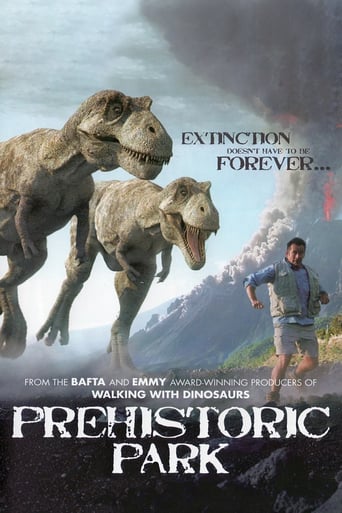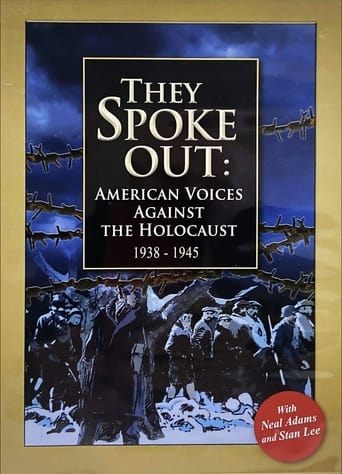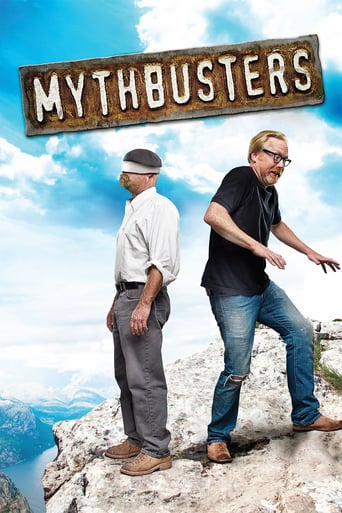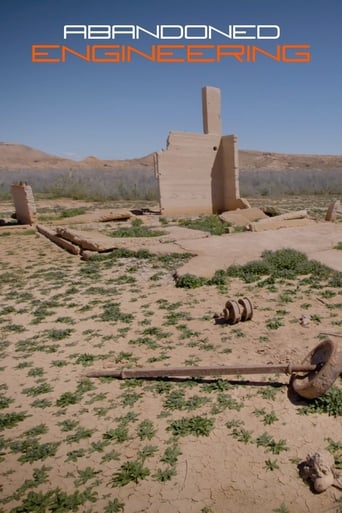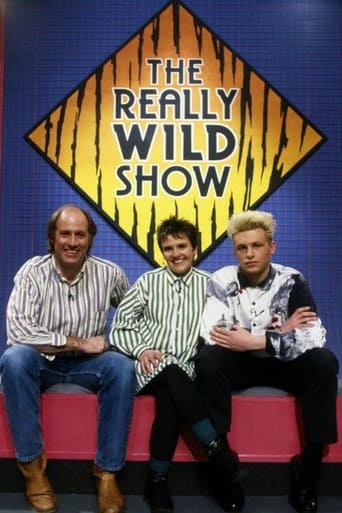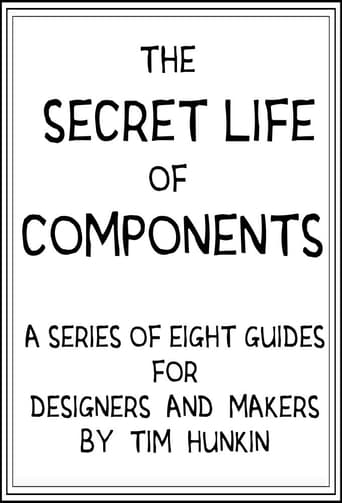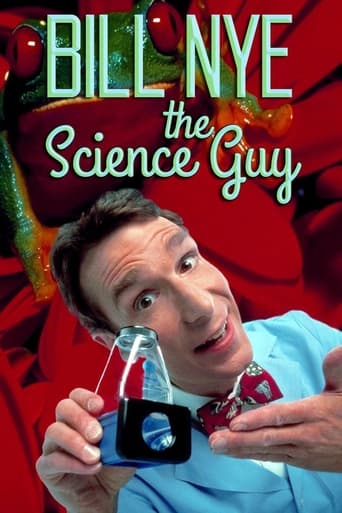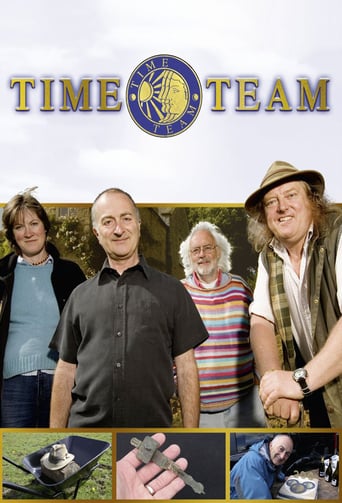The Secret Life of Machines Season 3
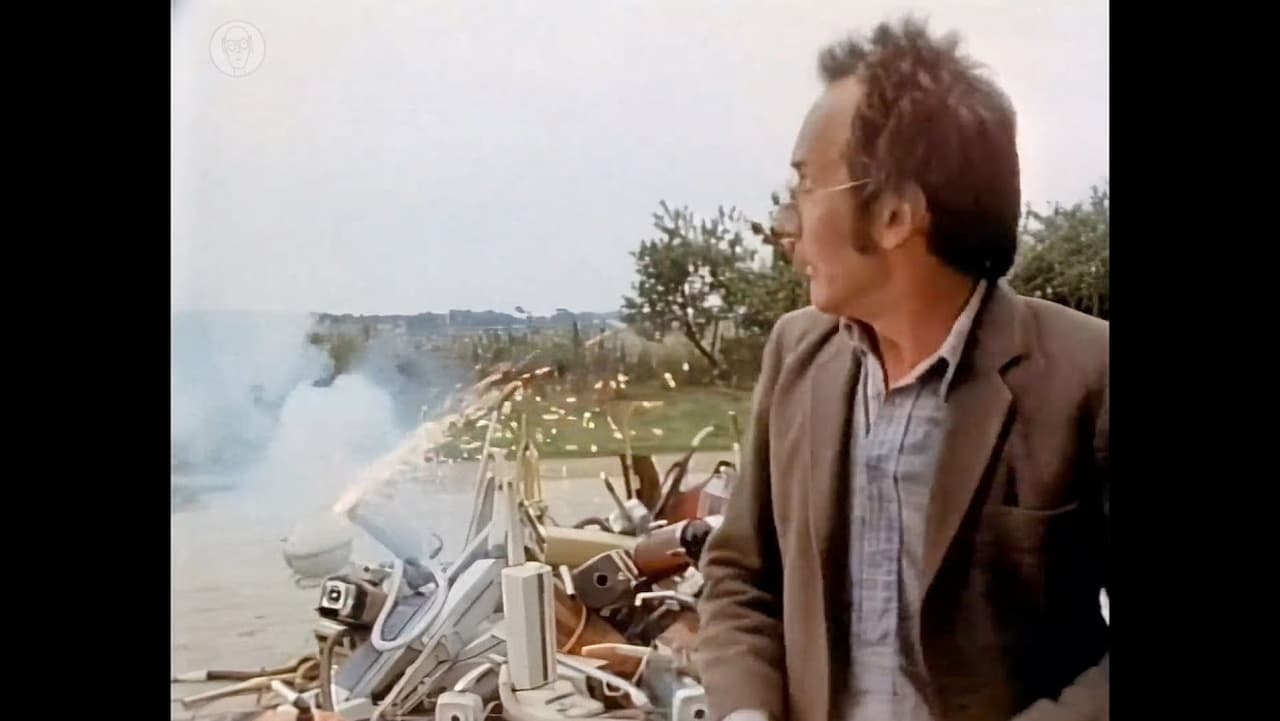
The Secret Life of Machines is an educational television series presented by Tim Hunkin and Rex Garrod, in which the two explain the inner workings and history of common household and office machinery. According to Hunkin, the show's creator, the programme was developed from his comic strip The Rudiments of Wisdom, which he researched and drew for the Observer newspaper over a period of 14 years. Three separate groupings of the broadcast were produced and originally shown between 1988 and 1993 on Channel 4 in the United Kingdom, with the production subsequently airing on The Learning Channel and the Discovery Channel.
Watch NowWith 30 Day Free Trial!
The Secret Life of Machines
1988
The Secret Life of Machines is an educational television series presented by Tim Hunkin and Rex Garrod, in which the two explain the inner workings and history of common household and office machinery. According to Hunkin, the show's creator, the programme was developed from his comic strip The Rudiments of Wisdom, which he researched and drew for the Observer newspaper over a period of 14 years. Three separate groupings of the broadcast were produced and originally shown between 1988 and 1993 on Channel 4 in the United Kingdom, with the production subsequently airing on The Learning Channel and the Discovery Channel.
Watch Trailer
With 30 Day Free Trial!
The Secret Life of Machines Season 3 Full Episode Guide
Today, over 50% of jobs are in offices, but 160 years ago the figure was only 1%, and the only office workers were 'Dickensian' clerks. They had considerable status and freedom to organise their work, and kept financial ledgers, but there were no forms, memos, reports, etc. Episode Contents: Guests: The suspended ceiling conceals all the ventilation and lighting systems. A tour of the inner workings of a typical office building. Films: Cartoons about what makes a good office. Gilbreth's time and motion films. An poetic little film from the 40's about progress and change. An excerpt from a goofy 50's educational film regarding the human relations approach to management. Zombies from the 70's demonstrate new computer systems. Extro: An amazingly active office scene where everything (computers, desklamps, binders, papers) seems to be attached to actuators.
James Watt, the inventor of the steam engine, patented the first copying machine, because of the disastrous inaccuracies that had occurred due to copying drawings by hand. Drawings to be copied were written in a special ink which bled into the copy when squashed through a mangle. Episode Contents: Models: Electrostatic copying with homemade sulphur plates. A desktop illustration of the mechanics of projecting an image onto the selenium drum. Machines: A Van De Graaf generator by Rex. Another automaton by Tim called the General made from lots of copier goodies. Guests: Various pre-xerox copiers; 50's thermal copiers, 20's wax stencil duplicator, Victorian copy books. Also the blueprinting method used for technical drawings. An early electrostatic copier, the 1385. A modern colour copier. Films: Some funny cartoons about static electricity. Old interviews with the inventor of xerography Chester Carlson. An amazingly trashy Japanese copier tv advert. Extro: A scrap paper yard.
A Scottish chemist called Joseph Swann tried passing electricity through fine wires (filaments) to make them glow white hot in 1860. Despite enclosing them in bulbs and pumping out the air, they quickly broke or blackened and Swann abandoned the idea. 17 years later, finding a better vacuum pump, he tried again. With no air left inside, the filament light bulb became a practical proposition. Episode Contents: Models: Some lightbulbs made by removing the air from milk bottles and adding graphite filaments powered by a welding power supply. Various experiments with phosphors. Machines: "Magical" bulbs by Rex. Guests: Some early arc lights. Decorative experimental florescent tubes from the 1860's. A range of modern lighting sources and how their spectrums look. Films: Ancient lighting cartoon. A wacko british lightbulb ad. Extro: Say it in lights.
The name 'Word Processor' was invented by IBM. Their first machines were very difficult to use because they had no screen. A draft version was typed and stored on a magnetic card. After correcting the draft it could be automatically retyped, stopping wherever a change was needed. Episode Contents: Models: A bag full of LEDs are soldered to the pins of a microprocessor to show the massive switching going on inside. Machines: Some befuddled computer shopping automatons. A huge sloppy hand held ink jet print head by Rex. Guests: Various pre-qwerty antique typewriters. A 70's era micro with punchcard storage. Films: Old footage of early computers. Some goofy old 70's promotional video. Extro: A huge tractor feed spewing robot made of old computer hardware.
The Colosseum in Rome is thought to have had a lift to carry the Emperor Nero to his balcony. By the 18th century, Mr Villayer was touring the palaces of Europe installing lifts called flying chairs. He disappeared shortly after an heir to the French throne had a serious accident in one at Versailles. Episode Contents: Models: A flimsy looking bicycle wheel pulley. Replicas of the Elisha Otis elevator in several scales. The biggest damn micro switch I have ever seen! A water powered hydraulic lift. Machines: Tim's Goldbergesque executive decision maker. Guests: A modern motorized capstan. A wire rope tester utilizing a gigantic hydraulic ram. The insides of a modern elevator system with governor, brakes, motor and various detectors. They also check out a computerized simulator to work out elevator usage patterns. Films: The cartoon life of Elisha Otis. Extro: A flying box!
The world's first fax machine was patented in 1843 by Alexander Bain. He came from a remote croft in Caithness in Scotland and, for his early experiments, used cattle jaw bones for hinges and heather for springs. His fax machine was based on an electric clock, which he had also invented. Episode Contents: Models: The "human fax" had Tim and Rex stand at opposite ends of a big field. Tim steps slowly over a sheet printed with giant letters of a message and uses coloured paddles to signal Rex who walks over a similar large sheet with a paint roller, applying paint when he sees the signal. Everything is synchronized with a metronome. The next model uses a board with nail at one each end which closes a circuit in contact with raised metal type. The current causes the nail at the other end to heat a sheet of paper soaked in potasium ferra cyanide. A "string fax" consisting of two drums shows how a picture can be transmitted one line at a time. The "lathe fax" uses a light detector hooked up to a buzzer which is then transmitted through the headset of a normal phone. A lathe at the other end has a sound switch which sends a current through the treated paper at every pulse from the sender lathe. The 2nd "human fax" emulates a digital fax with large grids placed over both Tim and Rex's sheets. Guests: A pair of French Pantelographe de Casell c.1860. A hydrogen balloon used for weather telemetry. A modern fax analyzer. Films: Cartoon life of Alexander Bain (patenter of the fax 150 years ago). Old newsreel featuring early developments in newsgathering. 70's xerox office fax ad. Extro: Tim's homemade Pantelograph.
Free Trial Channels
Seasons


